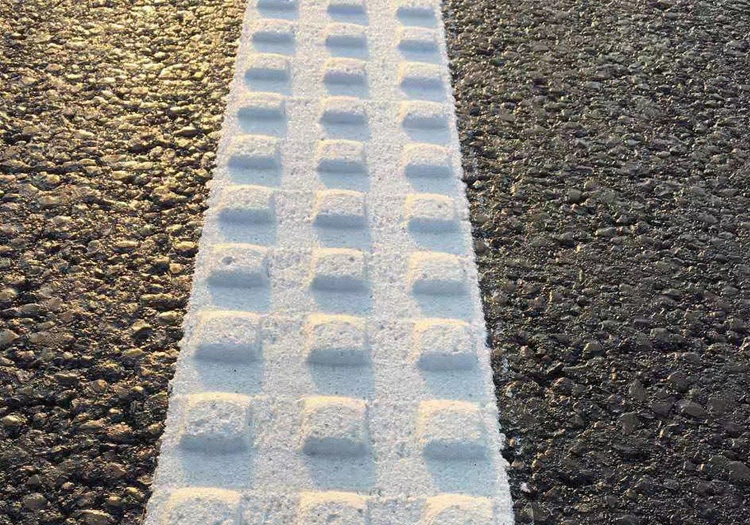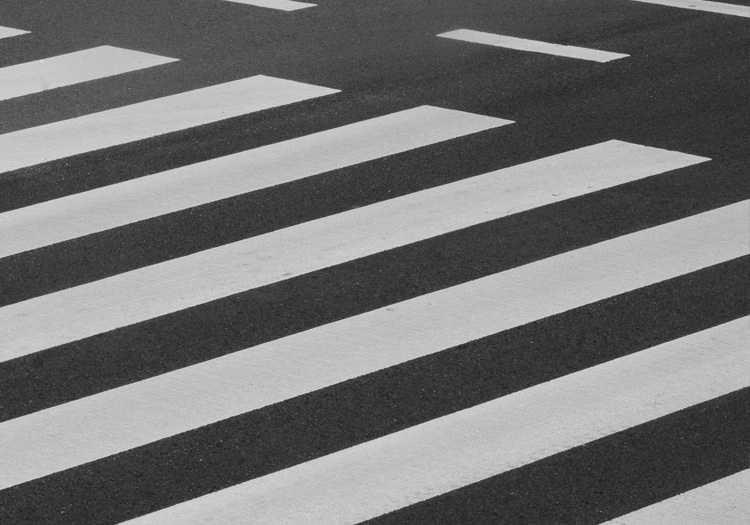What are the factors that affect the reflectance coefficient of hot melt line coatings?
【Summary Description】 There are four key factors that affect the retroreflective coefficient of thermoplastic road marking paint: 1. The chromaticity elements of thermoplastic marking paint directly affect the retroreflective coefficient of road markings. 2. The selection of glass beads is very important; try to choose glass beads with a roundness of over 80%, as the size of the beads will affect the retroreflective coefficient.

There are four key factors that harm the retroreflective coefficient of thermoplastic paint:
1. The chromaticity elements of thermoplastic marking paint directly affect the retroreflective coefficient of road markings.
2. The choice of glass beads is very important; try to choose glass beads with a roundness of over 80%. The size of the beads will affect the retroreflective coefficient.
3. Controlling the construction temperature is very important. The temperature of the construction materials will affect the retroreflective coefficient. Properly control the material temperature to ensure that 50%-60% of the beads are embedded in the road marking paint, which will yield good results.
4. The distribution of glass beads should be symmetrical; too many or too few beads will affect the retroreflective coefficient of the road markings.
What are the hazards of low ground temperature during the thermoplastic line coating process?
When the ground temperature is too low, it can cause the high temperature of the construction paint to cool rapidly, directly affecting the bonding temperature between the thermoplastic line coating and the asphalt pavement. The lower the ground temperature, the more pronounced the wrinkling trend, the greater the degree of wrinkling, and the greater the ground stress. When the folding stress exceeds the compressive strength level of the construction paint, the compressive strength of the road markings cannot withstand the necessary folding stress, leading to cracks in the road markings.
Why is the use of two-component line paint becoming more common in high and ultra-low temperature environments?
Two-component marking paint has excellent anti-aging properties, does not cause cracking at ultra-low temperatures, and does not soften at high temperatures. There is basically no embrittlement phenomenon during use. The molecular structure forms a network structure after the two components converge, and the construction paint becomes denser through the close contact of the two components, allowing the road markings to integrate with the pavement. Therefore, the use of two-component road markings is becoming more common in high and low temperature environments.
What effect does base oil have on thermoplastic line coating?
Base oil, also known as primer or bottom glue, is used for early treatment of the ground before the construction of thermoplastic road markings. It acts as an adhesive between the thermoplastic road markings and the ground. The solvent in the base material easily wets the ground. Additionally, on damp ground, the epoxy resin adhesive from the base covers the ground, creating a coating that is beneficial for integration with high-temperature paint and construction paint, thereby improving the adhesion between road markings and the ground.
Related Notes







